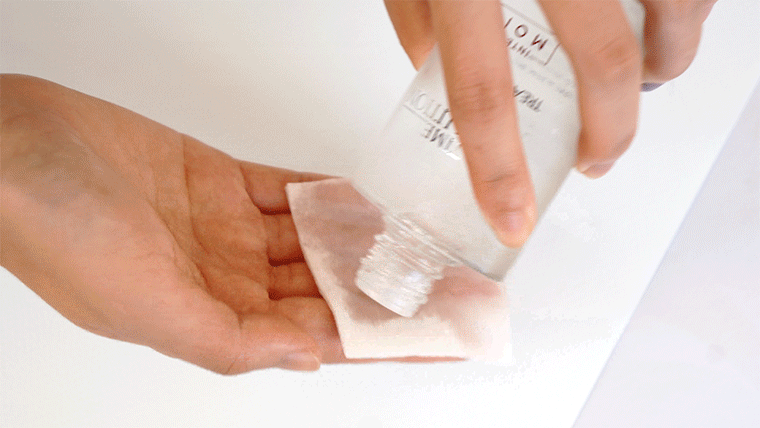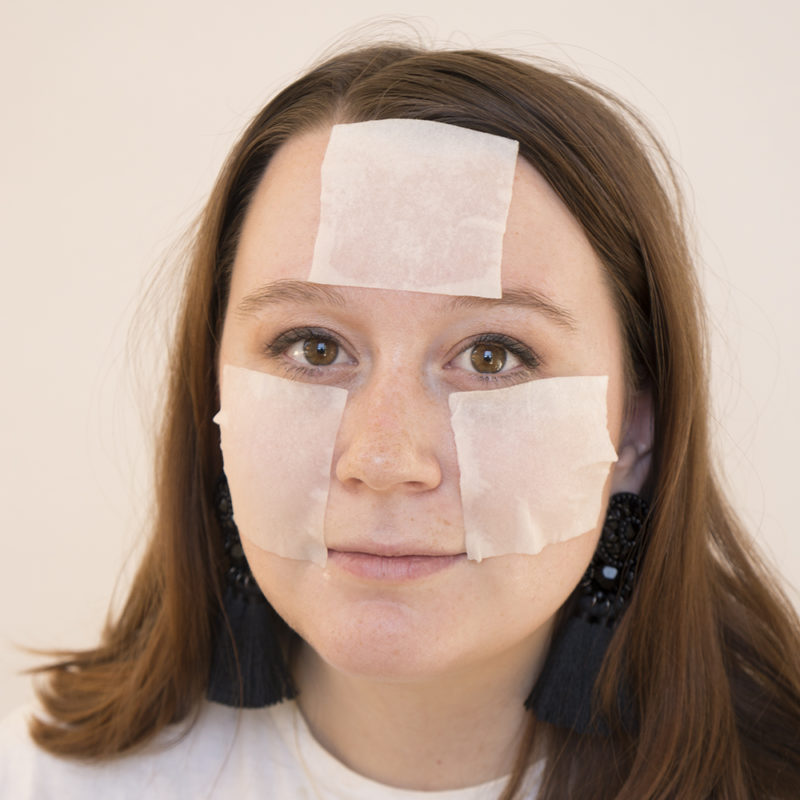Learn how to toner mask and treat your skin to supreme hydration in under five minutes.
If you love Korean skin care, you may be familiar with the 7-skin method. It’s a skin care hack that involves applying seven layers of toner in one sitting as a way to deeply hydrate the skin.
Granted, products like toners and lightweight essences can really hydrate and cool down the skin. But applying seven layers of anything can be annoying, especially if you’re busy in the morning and need to do your hair and heat up breakfast before running out the door.
That’s why I prefer something called toner masking, or “skin pack” in Korean. You can think of as a mini DIY sheet mask. It’s the quickest, easiest way to hydrate, calm, and even out skin in under five minutes, and you can do this morning or night. Chances are, you already have all the ingredients sitting at your vanity.
What do you need to toner mask?
What you need to toner mask is quite simple. First, a hydrating product of your choice. You can choose a mist, a toner, or a watery essence, depending on how much product you’re willing to dispense and what you have on hand. I suggest choosing a product your skin is already familiar with and loves, so you can avoid any irritation.
According to Annie Chiu, dermatologist and founder of the Derm Institute in Los Angeles, you should choose a product with “gentle and moisturizing ingredients like coconut water, seaweed extract, and nutrient-rich antioxidants.” Stay away from products with alcohol or astringents, as these will dry out your skin. For Chiu, using an essence as a cheat “sheet mask” is one of her favorite space-saving travel hacks!
Personally, I opt for a light, hydrating mist with minimal ingredients like the Missha Near Skin Simple Therapy Toner Mist. But if I’m prepping for a special occasion, or if I’m struggling with visible redness or dehydration, I use the Missha First Treatment Essence in Intensive Moist.
Second, you’ll need cotton pads. But not just any cotton pads you can get from the drugstore. Either go for multi-layer cotton pads that you can easily separate into thin sheets or sponge ones that dispense the product onto your skin and minimizes wastage. I recommend these ones from Etude House, the Klairs Toner Mate 2 in 1, or Silcot, the cult favorite cotton pad among Korean women.
How do you toner mask?
After you double cleanse and tone your skin, you’re ready to toner mask. Start by thoroughly soaking the cotton pad with the product. The idea is to thoroughly wet it so that the cotton pad easily sticks to your face without dripping everywhere or falling off. If you don’t wet it enough, the cotton pad might be abrasive on your skin and it will dry out faster, failing to thoroughly hydrate your skin.

Here, I’m using the Missha First Treatment Essence in Intensive Moist with the Klairs Toner Mate 2 in 1.
Once you soak the cotton pad, place it on the parts of your face you want to hydrate and calm. If you use a multi-layer cotton pad, separate it into individual sheets and stick them on. Personally, I like to focus on dry and redness-prone areas, like my cheeks and my forehead. It all depends on what your skin needs, but Chiu recommends staying away from the eye area.
How long should you leave it on for?
How long you should leave it on for depends on the product and the cotton pads you’re using, but generally, around three to five minutes should be more than enough. Don’t wait until the cotton pad completely dries up on your face; doing this actually dries out your skin. In fact, according to Chiu, leaving the cotton pads on your face for too long will suck the moisture out of your skin through osmosis rather than pushing the hydration in.
So after a few minutes, check the moisture level and the temperature of the cotton pad once in awhile by gently touching it. If you can tell the cotton pad is starting to dry out a little and feels lukewarm to the touch, it’s time to throw it out.
If there’s any leftover product on your skin, gently tap your skin to help it absorb the product. You can then follow with the rest of your skin care routine.
What does it do?
Toner masking instantly hydrates and brightens your skin. There’s nothing like it for dehydrated skin, and it accomplishes what several layers of hydrating products can do, all within five minutes. So it’s a great quick fix for dry, inflamed skin. It also doesn’t leave behind crazy residue, which makes it easy to apply makeup on top, and convenient for when you need to do other tasks while getting ready.
How often should you toner mask?
According to Chiu, this depends on your skin’s needs. Generally speaking, once or twice a week is considered beneficial. But you can also toner mask “when your skin needs an extra boost of glow or moisture, like before a big event or plane travel,” says Chiu.
How is toner masking different from sheet masking?
Sheet masking has its advantages, but toner masking is a more convenient way to boost your skin’s hydration if you’re short on time, out of sheet masks, or if you’re looking to target specific areas instead of hydrating your entire face.
Toner mask is also a better way to prep your skin for makeup: Unless I go for hydrogel or bio-cellulose, I never sheet mask with microfiber before I do my makeup, since there’s usually so much essence left on my face that my foundation slides around. In that way, toner masking is more convenient, fast, and versatile than the traditional sheet mask. But of course, if you’re looking for overall hydration, or you’re too lazy to soak individual cotton pads, sheet masking is a great idea, too.
